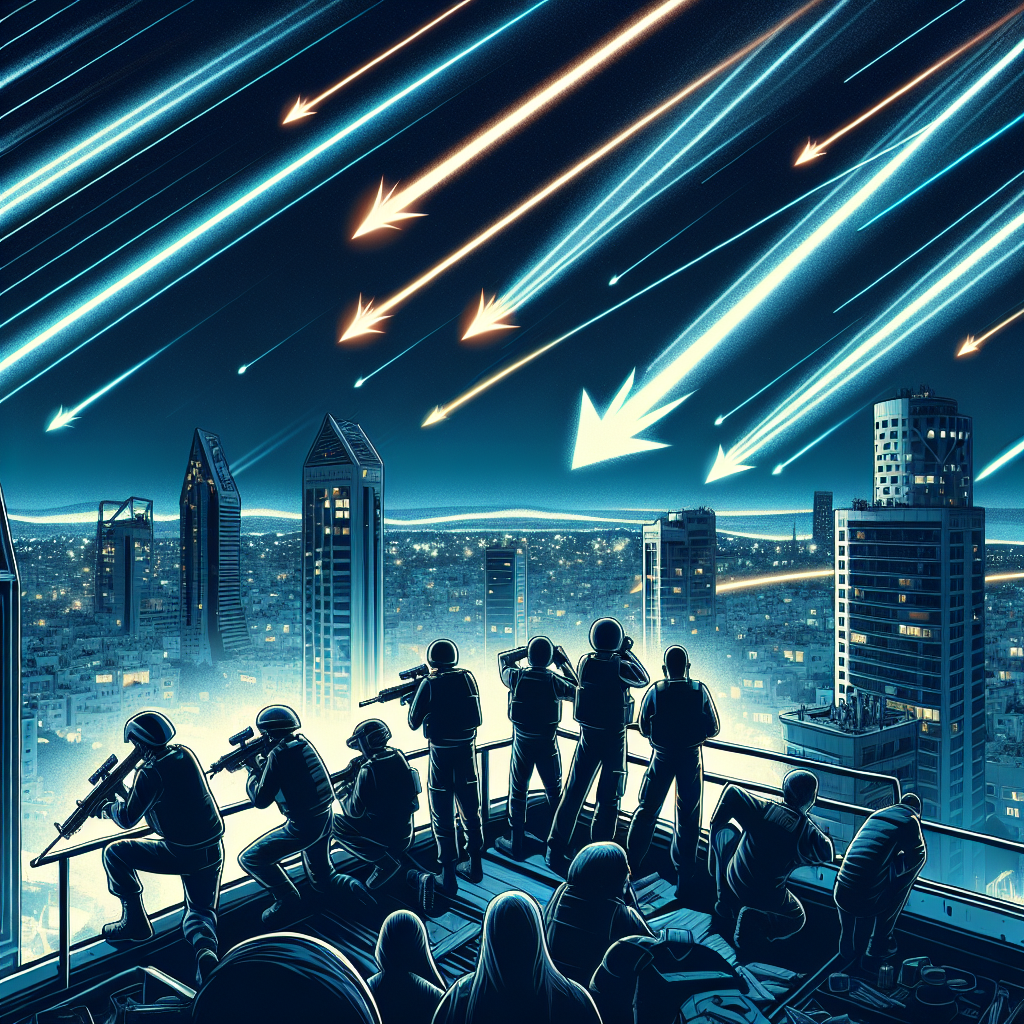**Iron Dome or Paper Dragon? Israel’s Air Defense Takes a Hit — and So Does Its Aura of Invincibility**
Listen up, folks. The fireworks just went off in the Middle East—not the Fourth of July kind, but the kind that makes generals sweat through their uniforms and citizens whisper prayers into sealed bomb shelters. Over the weekend, as Iran lobbed a hail of missiles toward Israeli territory, the unthinkable happened: Israel’s famed air defense system, the Iron Dome—yes, that billion-dollar techno-peacock often paraded around as an impenetrable shield—missed its mark. And if that doesn’t rattle the geopolitical cocktail, then you’ve clearly been sipping decaf.
Now, I know what the defense pundits are mumbling over their espresso-fueled panels: “This was a saturation attack,” “even the best systems have limits,” “blah, blah, military calculus.” But I’m not here to be your comforting think tank teddy bear. I’m here to ask the real questions that ruffle feathers and shake foundations: How strong is Israel’s missile defense… really? And just who the hell is it actually protecting?
Let’s talk turkey.
The Iron Dome, Arrow-3, David’s Sling. Sounds like a Marvel spin-off trilogy, doesn’t it? These are the crown jewels of Israeli defense—multi-layered missile shields cosigned by U.S. dollars, decades of engineering wizardry, and hyped-up Hollywood-tier confidence. But this weekend’s salvo from Tehran didn’t just punch holes in the sky—it blew a hole straight through the myth of invulnerability.
Reports suggest that nearly 100 ballistic missiles and drones were launched, many intercepted with international help—including, ironically, some Arab states in the “we’re enemies but let’s not cook each other” club. But a few missiles did get through. Now, even one missile slipping past is one too many when you’re billing yourself as the Fort Knox of missile defense. It’s like boasting about your bulletproof vest only for it to let a bullet through and kill the guy standing behind you.
Let’s not pretend this didn’t happen against the backdrop of rising internal fractures, either. From Netanyahu’s hyper-nationalist rollercoaster to deep societal rifts over military service, judicial reforms, and democratic decay, the notion of the “united, secure Israeli citizenry” has thinned like hummus spread on burnt pita.
So, we ask again: Who exactly are Israel’s missile defenses designed to protect? Is it the average Tel Aviv commuter? Or the political elite playing bunker chess from underground war rooms? Because while some warheads were intercepted mid-air, confidence nosedived straight to sea level. The Iron Dome is smart, sure. But it’s a shield. Not a magic wand.
And let’s not overlook the geopolitical high-fives afterward. Biden dialed in the support, and Western leaders did their whole “Israel has the right to defend itself” karaoke. But behind those statements lies a subtle twist of fate: If we now see Israel as *more vulnerable*, does that embolden enemies or merely fuel the arms dealers?
Meanwhile, Iran is parading its “first-ever direct strike,” puff-chested and grinning like the bad guy who finally poked the lion and lived to Instagram about it. Tehran didn’t just test Israel’s defenses—they tested the world’s willingness to buy into myth versus reality. And spoiler alert: reality just hit harder than a Qassam rocket in prime time.
So where does this leave us? For Israel, it’s damage control wrapped in military briefings and a surge in defense budgets. For Iran, it’s a victory lap veiled in revolutionary rhetoric. And for the rest of us watching? It’s an ominous reminder that no system is flawless, no country untouchable, and no myth safe from exposure.
The takeaway? When you sell yourself as Superman, people notice the first time you bleed.
Game’s on, and I play to win.
– Mr. 47







